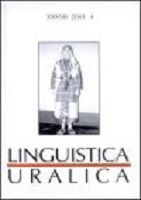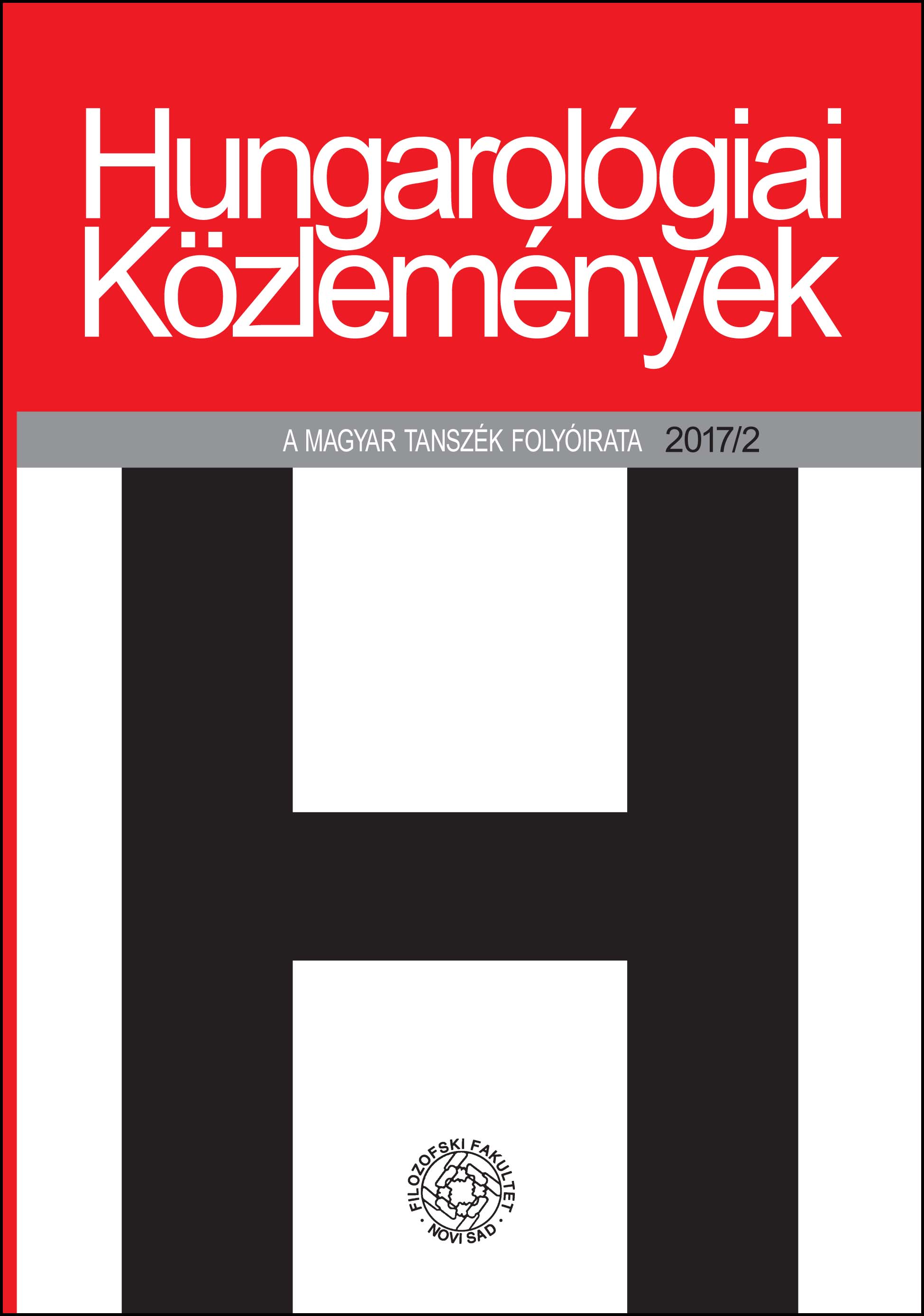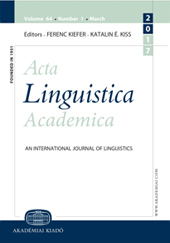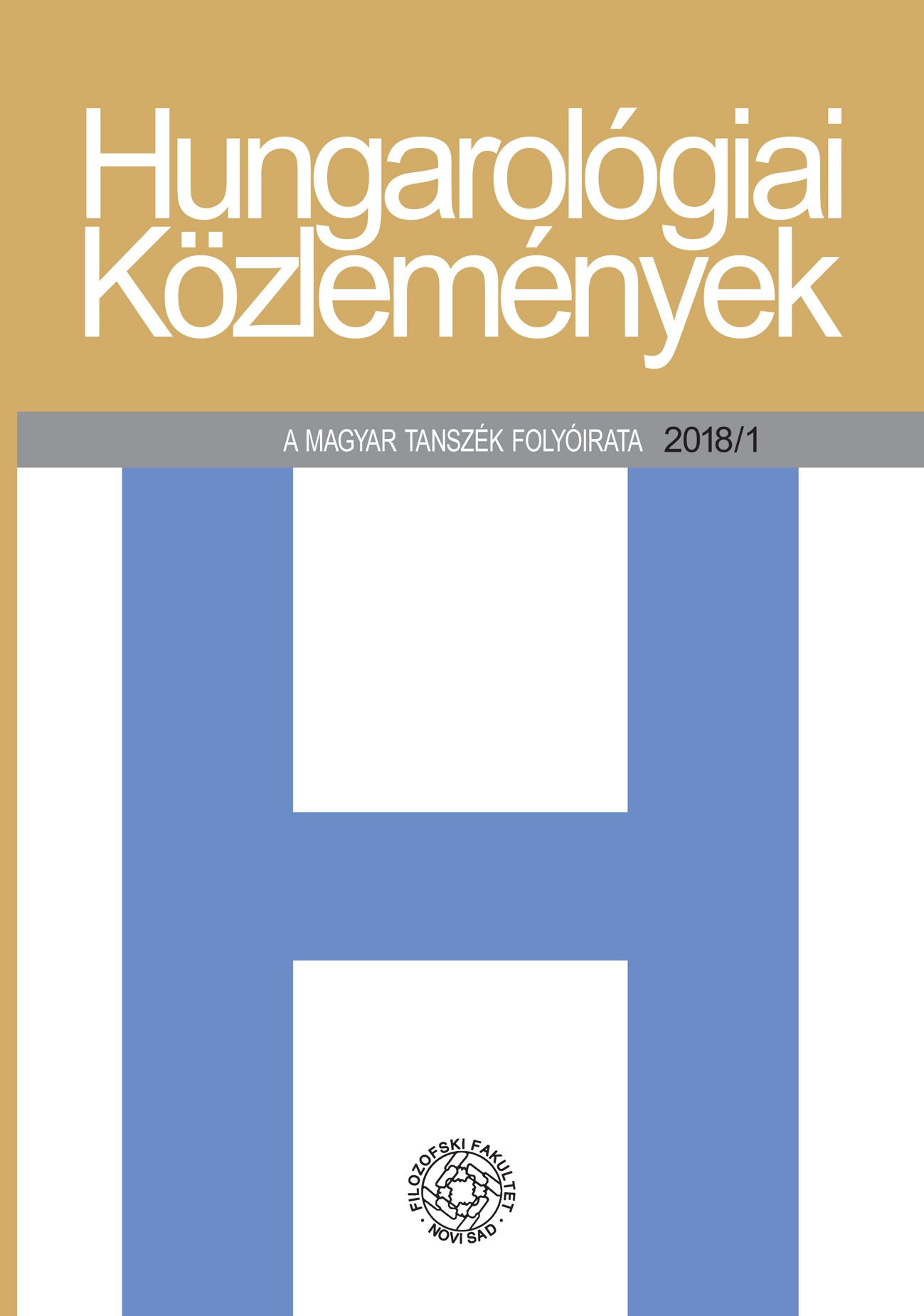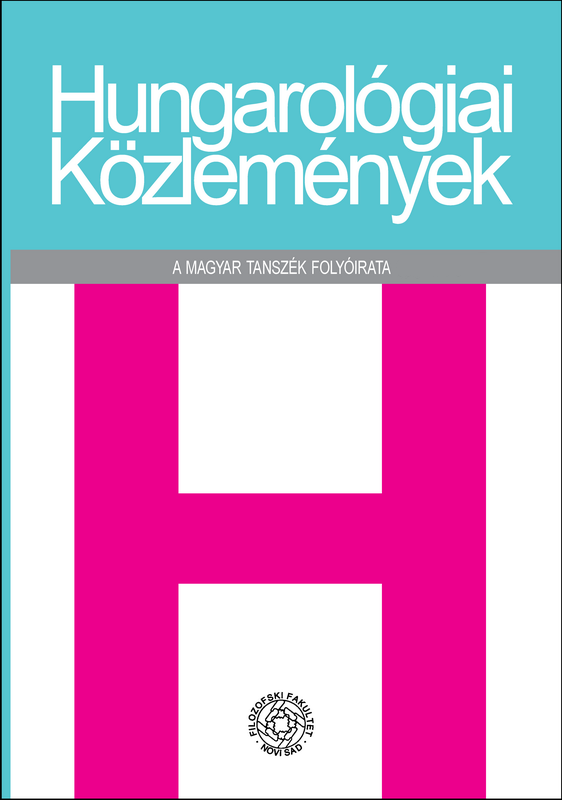
Nagy elődök nyomában…
This paper aims to give an account of (socio)dialectology researches that have been carried out at or connected to the Department of Hungarian Language and Literature of the University of Maribor’s Faculty of Arts. Based on the works of great predecessors (the Atlas researchers, Olga Penavin, members of the Szombathely dialectological workshop, local collectors, linguists and non-linguists) it presents the dialectal collections and their processing in recent years. As the only department that teaches Hungarian linguistics and literature in Hungarian language in Slovenia, we consider it very important to get our students involved in dialectal researches. The empirical material of this paper is made up of two recent lexical collections (Szentlaszlo, Dobronak) carried out by students that allow us to make comparisons (real time analyses) between the dialect set and the existing material and analyses. Passing on the lexis of dialects, keeping the local dialects and bi- or multilingualism within the mother tongue is a crucial segment of mother tongue conservation, and one of the most prominent features of identity development.
More...
